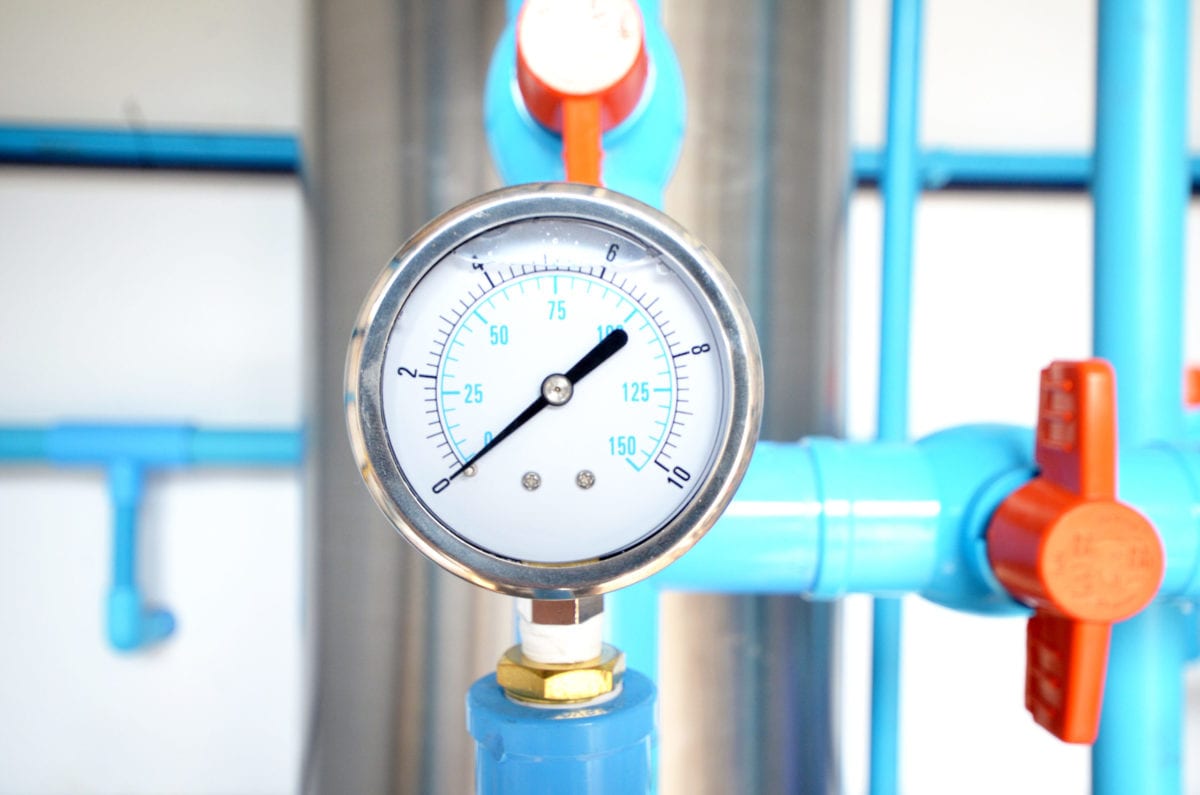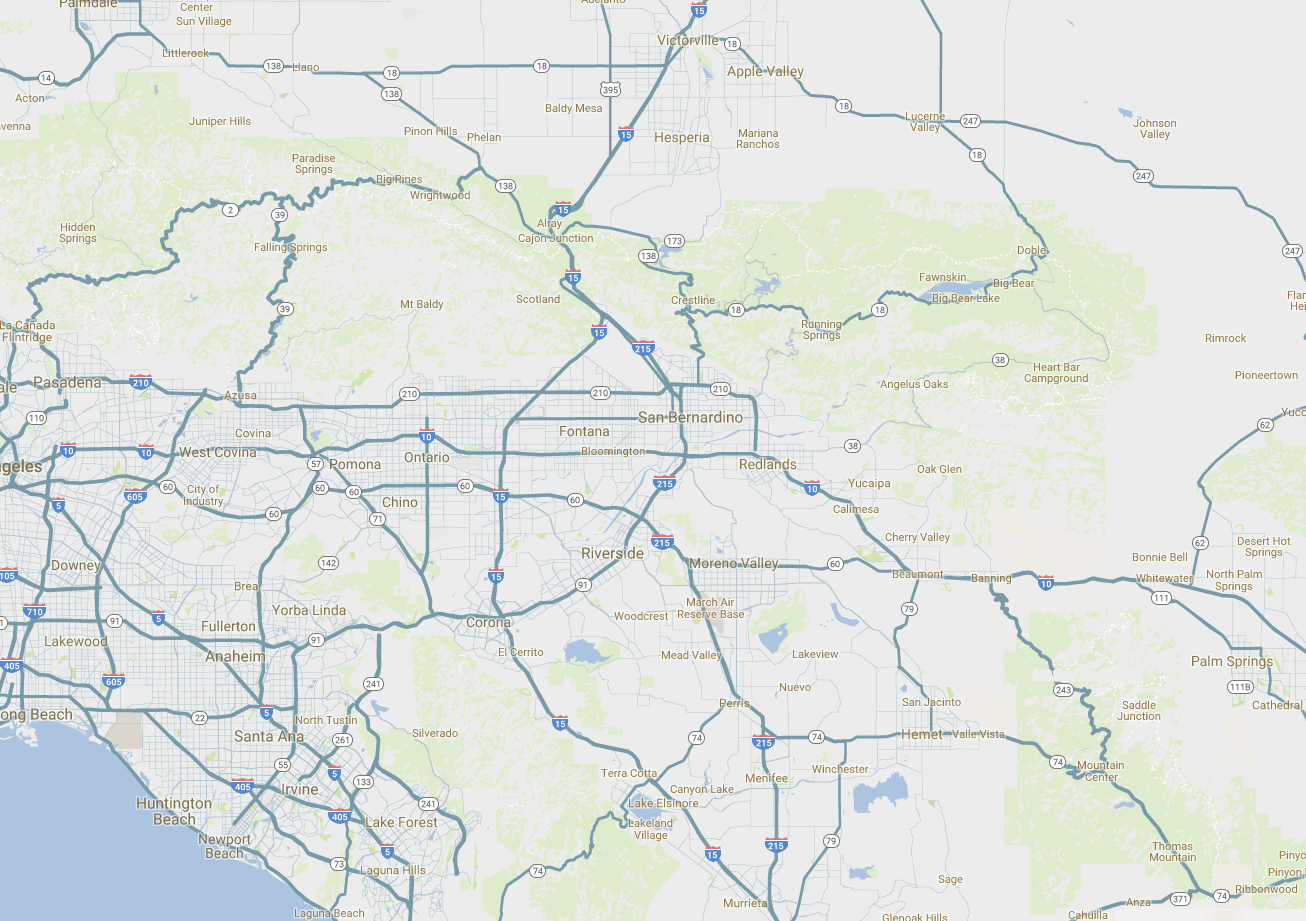Head over to your sink, fill up a glass of water, and sit somewhere comfortable. We will spend a few minutes answering all your questions about water pressure. And yes, we promise to make it interesting!
Have you ever wondered how water pressure works? How it’s measured? Or what the ideal water pressure of your home should be? Have you ever been concerned that your home’s water pressure is too high or too low? And what in the world is PSI, anyway?
These are good questions. And we’ve got answers from the brilliant minds of some of our plumbing experts.
Do you need help with your water pressure right now? Give Burgeson’s a call today!
Sometimes water pressure issues are best left to a professional. Call Burgeson’s today, and we’ll send an experienced plumber to your home to diagnose and resolve your issue quickly.
Residential Water Pressure 101
What is water pressure? Simply put, it’s how water is “pushed” into your home from the main city water line so that it’s ready to flow whenever you flip the faucet, turn on the shower, or flush the toilet.
The force pushing this water toward your home is regular ol’ gravity and pump stations working together. But it takes a lot of infrastructure and technology to ensure that gravity and these pump stations don't go too far and wreak havoc on your pipes and plumbing fixtures.
That’s water pressure at its most basic. But we've only scratched the surface of how it works. So, let’s go deeper and answer some of the most common questions homeowners pose to our expert plumbers, starting with a little thing called PSI.
What is PSI?
PSI stands for Pounds per Square Inch, which is important because it’s the primary way we measure water pressure.
It doesn’t take fancy equipment to measure a home’s PSI. You’ll need a water pressure gauge, a tool you can pick up at any hardware store for about $10. We recommend testing your water pressure once or twice a year to stay on top of any potential plumbing issues.
Here’s how to use a water pressure gauge:
- Ensure the dishwasher, washing machine, or other appliances that use water aren’t used during testing. The same goes for sprinkler systems, showers, faucets, etc.
- Make sure the main water line valve to your home is open.
- Find the spigot closest to the home’s main water line (usually at the front of the house) and attach the water pressure gauge. A pair of pliers will help to ensure a tight fit.
What numbers should you expect when you’re testing water pressure?
You're in great shape if your water pressure gauge shows a PSI between 40 and 60. This is the ideal PSI range for residential piping. Even a PSI as low as 30 or as high as 75 is still acceptable.
What if your PSI is on the higher end of things? Say, 75 or above? There’s a good chance your pressure-reducing valve (also known as a pressure regulator) isn’t working correctly. So, let’s quickly examine what that is and how it works.
Resolving High Water Pressure With a Pressure-Reducing Valve
Water coming into your home through the city’s main water line is under high pressure, often as high as 200 psi. That’s too much pressure on your home’s pipes, appliances, and fixtures. Even a PSI of 75+ can lead to the following:
- Constant pipe and fixture leaks
- Burst pipes
- Toilets sounding very loud as they refill
- Loud bangs and rattling fixtures
- Constant repairs to appliances that rely on water
Resolving Low Water Pressure
The most common reason for a low PSI is a partially closed water meter valve or main house shutoff valve. A failing water pressure regulator (or PRV) can be an issue for low water pressure as well. Other times the issue has to do with a municipal waterline break. If your water pressure drops suddenly, this is the likely culprit.
If you’re experiencing low water pressure from a particular faucet or fixture, that may not be a water pressure issue but a low water volume issue. Hard mineral deposits and limescale can cut off the water supply to these fixtures over time. If you suspect hard mineral deposits are the culprit, you can take the faucet apart and soak the pieces in a distilled vinegar solution for about 4 hours.
What are the benefits of a PRV?
- It helps conserve water. This is especially important for homes in the Redlands and the Inland Empire area affected by years of drought.
- If you’re on vacation, a PRV, along with the installation of a thermal expansion tank at the water heater, ensures the pressure in your pipes does not build up while you’re away.
- A PRV combined with a thermal expansion tank keeps the pressure steady across your home’s piping infrastructure. That means your piping lasts longer and is less likely to crack, leak, or burst.
For the above reasons, every home should have a Pressure-Reducing Valve (PRV) installed just beyond the mainline shutoff valve. A thermal expansion tank installed at your water heater is advised and, at times, required for added safety & security.
Burgeson’s Has the Fix for All Your Water Pressure Issues
In this blog, we shared insights on water pressure, how to test it, and what tools are used to manage it. But sometimes, you just want someone to swing by your home and fix everything for you. We get that!
If you struggle with high or low water pressure, contact your friends at Burgeson’s. Our friendly and informative plumbers will diagnose and resolve your issue before you know it. Just give us a call at 909-792-2222, or request an appointment online
We look forward to hearing from you!













